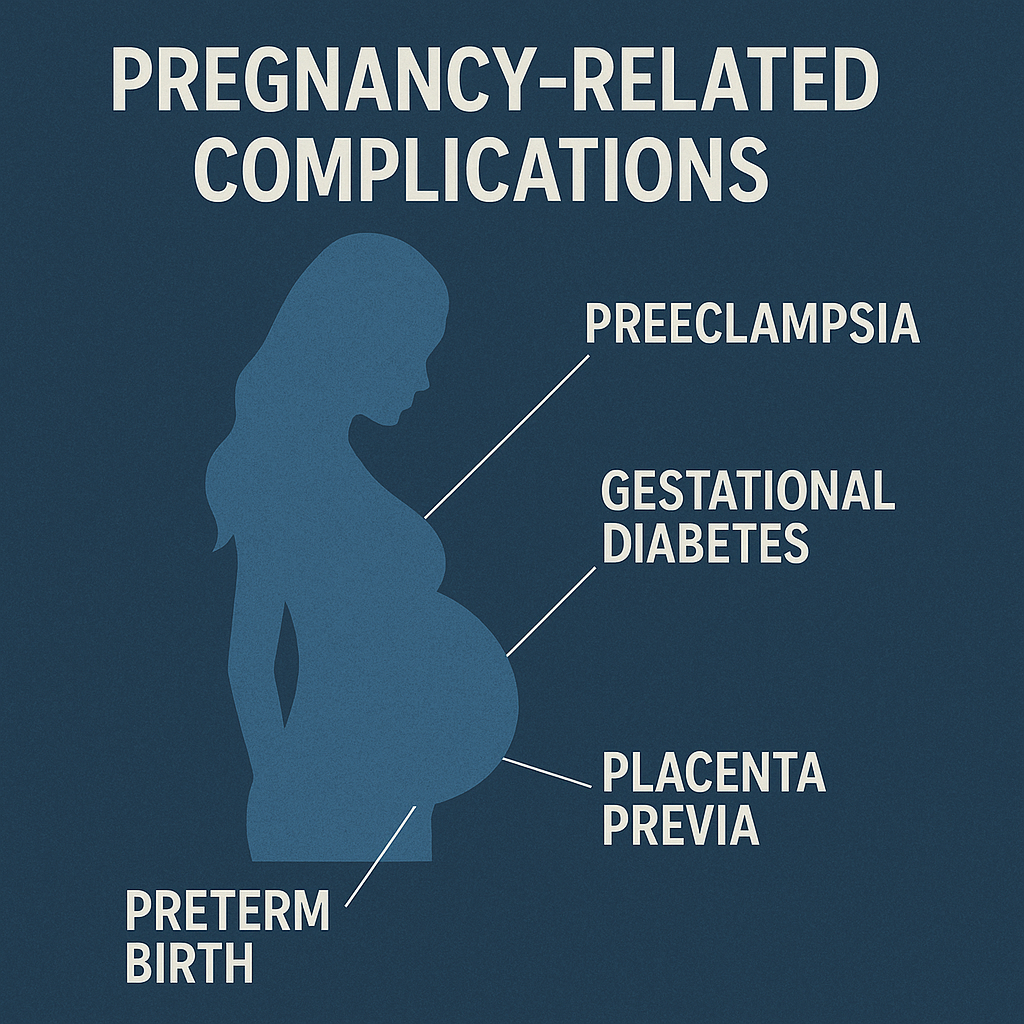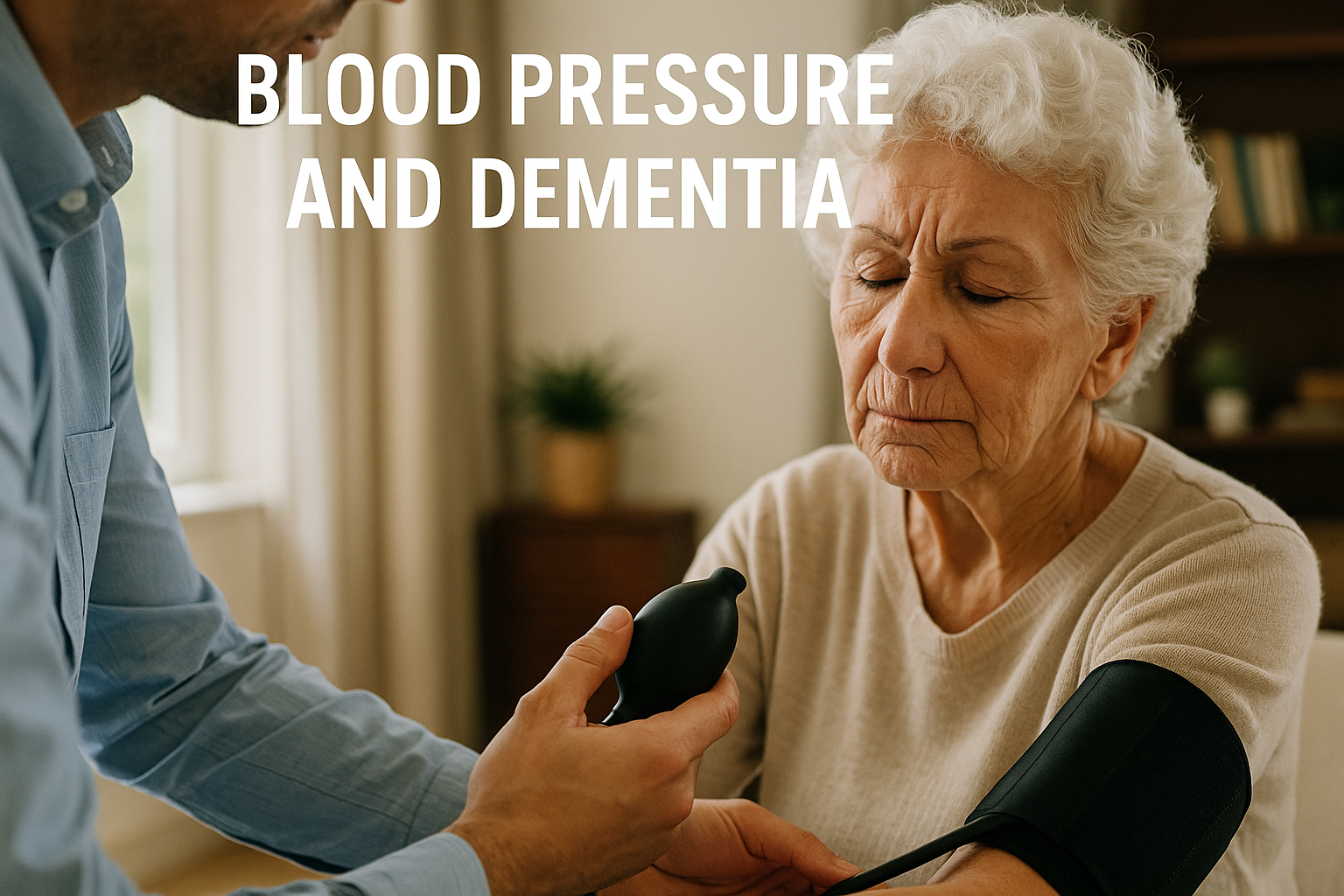Category: Research proposal/Grant writing
-

Background Pregnancy complications, including gestational diabetes mellitus (GDM), pre-eclampsia, and preterm birth, are critical predictors of future non-communicable diseases (NCDs). These complications reflect metabolic, vascular, and inflammatory dysfunctions, serving as early indicators of long-term risks such as cardiovascular disease (CVD), chronic kidney disease (CKD), and type 2 diabetes mellitus (T2DM). Pregnancy is thus considered a…
-

Research Objectives This project aims to: 3. Background and Rationale The behavior of GPs and their associated practices plays a pivotal role in healthcare delivery, influencing patient outcomes, resource allocation, and system efficiency. Studies have documented significant variability in prescribing, diagnostic test ordering, and referral patterns across practices, yet the underlying factors driving this variability…
-

Practicing in the United States
-

Stroke is a common risk factor for cognitive decline associated with vascular dementia (VD). The causal link between high blood pressure (BP) or hypertension (HTN) and the incidence of stroke is well-establish (O’Donnell, Xavier et al. 2010). Several longitudinal studies have also reported the association between mid or late life HTN and dementia (Freitag, Peila…
-

Parkinson’s disease (PD) is one of the most common neurodegenerative disorders, with an estimated 6.2 million individuals affected worldwide (Group GBDNDC, 2017). Several lifestyle factors have been shown to influence predisposition to PD (Bellou, Belbasis et al. 2016). Over the last few decades, several case-control and cohort studies have highlighted the possible role of pesticides…
-

Traumatic brain injury (TBI) is one of the leading reasons for the increased burden on public health. Alcohol consumption is known to be a common risk factor for TBI. On the contrary, several studies have recently shown that higher alcohol levels in the blood at the time of injury could, in fact, promote short term…
-

Stroke is one of the leading cause of disability and functional impairments in the United States (Mozaffarian et al., 2015). In addition, stroke survivors have a considerably higher rate of subsequent cardiovascular events, resulting in high mortality. There is an increasing evidence that physical exercise improves quality of life and daily functioning in stroke survivors…